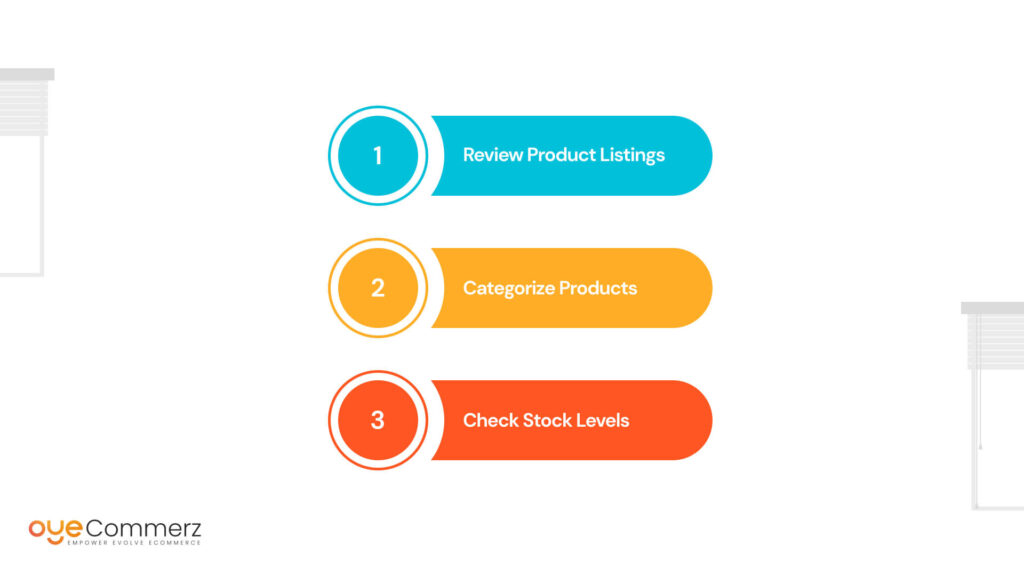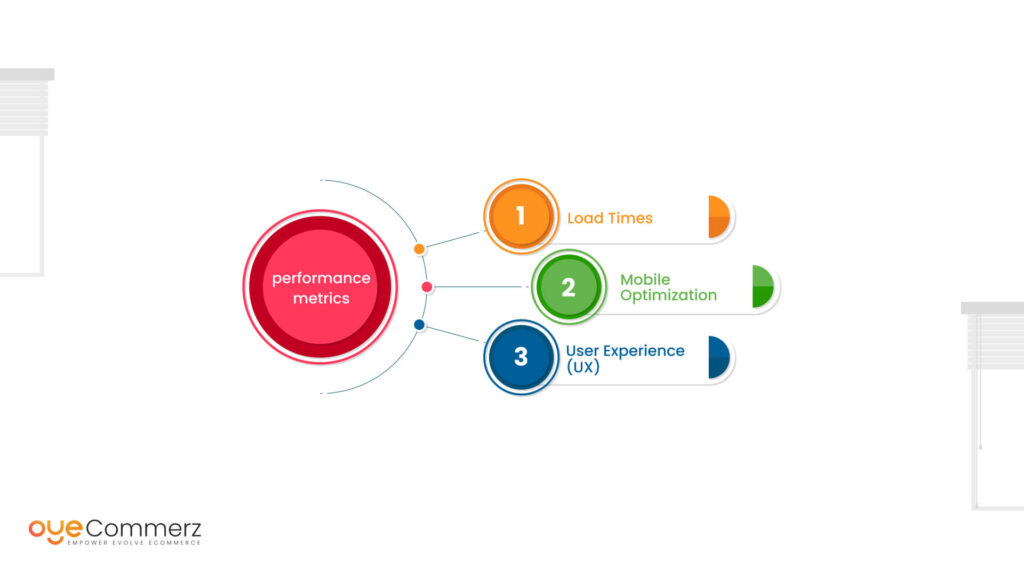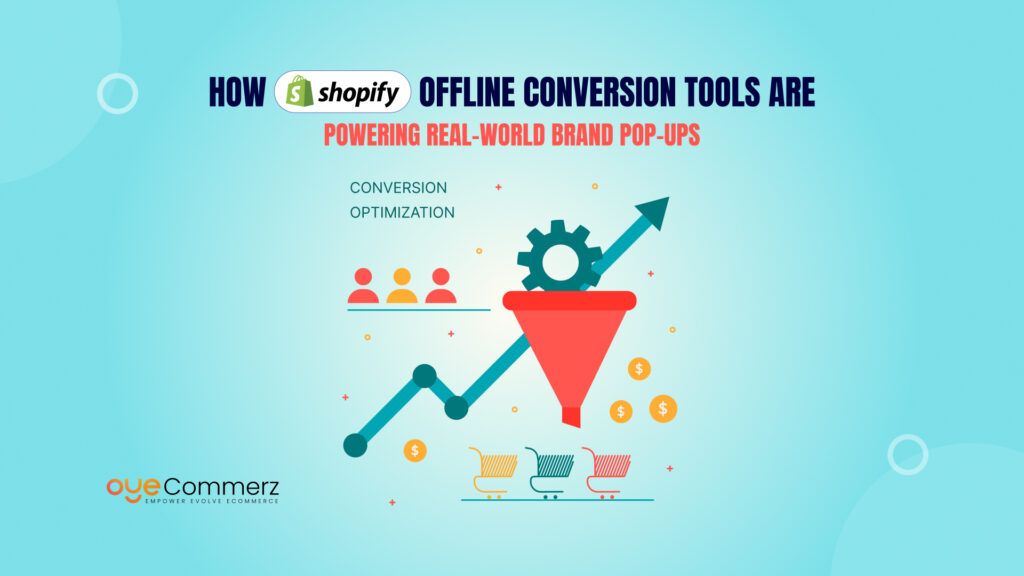Are you thinking about migrating your Magento store to Shopify? It is perhaps a good move, as it allows for the transition to a much better platform that is easier to use and has more powerful functionality. However, prior to moving into what we have described above, it is essential to conduct an audit of your Magento store. It assists in avoiding all complications that you may face during the transition, keeping up the usability of your site, its data, and its ranking in search engines.
Table of Contents
ToggleUnderstanding the Importance of Auditing Before Migration
Migrating from Magento to Shopify isn’t just about transferring data; it is also really changing your store from Magento into a more easy and efficient store on the Shopify platform to ensure the smooth operation of the new store. An audit helps you:
Independently, it is pertinent to discern and address discrepancies in the present configuration.
It is important that all the information that is being transferred is the right information.
Get strategies that will help your store to work well in terms of operations and performance on the Shopify platform.
Maintain customer experience and website ranking.
If you do not have a previous audit, you are subjected to loss of data, unfixed bugs, and shrunken search engine traffic. It is time to discuss the main priorities that should be addressed in your stove designs.
Inventory Assessment: Cataloging Your Products and SKUs

The first step that a business should consider is compiling a list of all products and the specific stock-keeping units. It means that by following this step, you can be sure every single item is accounted for and moved to Shopify correctly.
1. Review Product Listings: It is recommended to go through the entire product catalog or all your products at once. It is important to scan the documents to look for the possibility of errors, inconsistencies, and old information. Ensure that all descriptions, prices, and images of products that are to be displayed are updated.
2. Categorize Products: Check that your products are properly sorted into the right categories. This will help you achieve a better match between your product’s data structure and the Shopify required format.
3. Check Stock Levels: Double check all your inventories kept on the computer and amend any incorrect records if there are any. This is very important to help one avoid such circumstances whereby they sell a given product without having adequate stock to supply to the clients after migration.
Customer Data: Ensuring a Smooth Transition for Your Users
The final stakeholder is the customer, also known as the consumer or buyer; they are the ones who sustain your business. It means one thing is critical: to make sure the data is loaded seamlessly into the Shopify environment.
1. Review Customer Information: This should help the organization verify all the customer information, including names, addresses, and contacts, to ensure that it is correct and updated.
2. Customer Segments and Groups: If you have employed customer groups or segments into your Magneto, you should consider how these will be managed in Shopify. Ensure that you sustain any loyalty programs or special prices that may have preceded any such changes.
3. Order Histories: Keep records for order history to ensure that the customers have a flow chart of the orders they place. It is also useful to maintain customer satisfaction and promote and sell the products to the consumer.
Reviewing and optimizing website performance metrics

Website performance can significantly impact the user experience and SEO rankings. Analyze your current performance metrics to identify areas for improvement.
1. Load Times: You can use Google PageSpeed Insights and similar free tools to see how the load time is on your current site. Specifically, Sanwal found out that there were certain aspects that hindered the general performance of the site, and it should be a must to fix these problems before the migration process.
2. Mobile Optimization: Make sure your Magento store is responsive to mobile devices and is optimized for such browsers. The overall performance of the mobile version should be optimized to retain the site’s ranking and offer a quality user experience on Shopify.
3. User Experience (UX): Refresh your site navigation and structural design, as well as the issue of usability. Your customers can provide valuable clues, comments, and suggestions regarding the look-and-feel and usability of your Shopify store.
Evaluating and Backing Up Your Current Magento Data
This backup is done because migration is accompanied by the risk of data loss.
1. Full Data Backup: Make a complete backup of the Magento store and its database, together with all the files. By keeping copies of data, the system guarantees that if something goes wrong, an original copy will always be available.
2. Verify Backup Integrity: Finally, check the backup for the necessary information, make sure it captures all the data in the correct manner, and be sure of it just in case one needs to restore it.
SEO Audit: Maintaining Your Search Engine Rankings
SEO is vital for maintaining your online visibility. An SEO audit ensures that your rankings are preserved during migration.
1. Analyze Current SEO Performance: Introduce programs such as Google Analytics and Search Console to see the current status and performance of the SEO. Monitor the keywords and page with the highest satisfactory level.
2. Redirect Strategy: You should map out and have a 301 redirect plan in place that would redirect all the URLs of your Magento store to the appropriate new corresponding URLs in your Shopify store. It is also useful for preserving one’s page ranking in the search engines, and they do not provide 404 errors.
3. Metadata and Alt Texts: Verify that any copied meta titles, descriptions, and even image alt texts retain their SEO values intact.
Analyzing Third-Party Integrations and Extensions
Your Magento store likely uses various third-party integrations and extensions. It’s essential to review these and plan for their transfer or replacement.
It is crucial to mention that your Magento store is probably already integrated with several third-party services and applications. These should be reviewed over time and appropriate plans put in place for their transfer or replacement.
1. List All Integrations: Take a stock of all third-party apps, addons, plugins, and other interfaces currently active in your surroundings. The next step is to find out which of them are imperative to the processing business.
2. Check Compatibility: Check the listed software and its integrations and extensions to determine whether they have Shopify counterparts or are compatible with it.
3. Plan Alternatives: If any integration cannot be implemented on Shopify, ascertain other modes of integration that can be employed.
Assessing Payment Gateways and Shipping Methods
Payment gateways and shipping methods are core components of your online store. Ensuring these are set up correctly on Shopify is crucial.
1. Current Payment Gateways: Provide Magento must-have modules and extensions. Knowing their availability and compatibility with Shopify is also of great importance.
2. Shipping Methods: Go through your current shipping methods and settings once again. It is vital to check that you can recreate them on Shopify or identify substitutes that are adequate.
3. Test Transactions: Try to check payment and shipping options on your shop with several test purchases in the shop before its promotion on Shopify.
Planning for Data Mapping and Migration Strategies
Planning, which entails data mapping and migration, is the foundation that supports a migration project. Schedule these cautiously in order to eliminate the exposure of data and the occurrence of errors.
1. Map Data Fields: Determine how fields in Magento relate to fields in Shopify.io. Such include product producers, aiming customers, receiving orders, and other related entities.
2. Migration Tools: Select the right migration tools or services needed for the transportation of the data. There are tools like Shopify Importer that make the work easier for the users of this hosting provider.
3. Test migrations: It’s a good idea to perform some trial runs with a limited process that allows you to figure out if there are any problems. It comes in handy so that one can fix issues without having to undergo the full migration process.
Contact to Migrate your Site to Shopify Now
Conclusion
A Magento store check before a shift to Shopify is very important, and the above steps highlight some of the most important aspects to consider when conducting the check. It is also important to keep in mind the common mistakes to avoid. The following areas need to be closely looked at, including inventory, customers, website performance, etc., to assure success in a newly created Shopify store.
Remember, carrying out a detailed audit proves cumulative in maintaining data accuracy, SEO performance, and user experience. Spend considerable time mapping out every move you wish to make, and then spend ample time implementing all the planned steps to ensure a successful migration.




